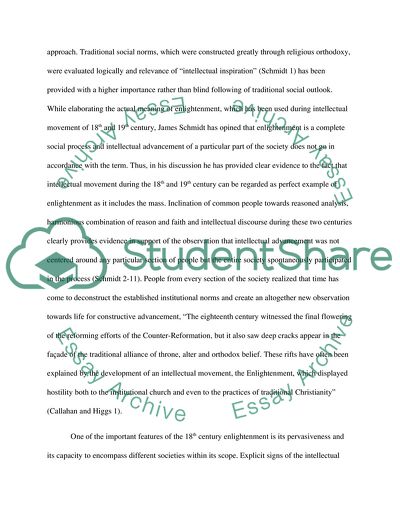Cite this document
(Culture and Context Essay Example | Topics and Well Written Essays - 1500 words, n.d.)
Culture and Context Essay Example | Topics and Well Written Essays - 1500 words. https://studentshare.org/culture/1733075-culture-context
Culture and Context Essay Example | Topics and Well Written Essays - 1500 words. https://studentshare.org/culture/1733075-culture-context
(Culture and Context Essay Example | Topics and Well Written Essays - 1500 Words)
Culture and Context Essay Example | Topics and Well Written Essays - 1500 Words. https://studentshare.org/culture/1733075-culture-context.
Culture and Context Essay Example | Topics and Well Written Essays - 1500 Words. https://studentshare.org/culture/1733075-culture-context.
“Culture and Context Essay Example | Topics and Well Written Essays - 1500 Words”. https://studentshare.org/culture/1733075-culture-context.


